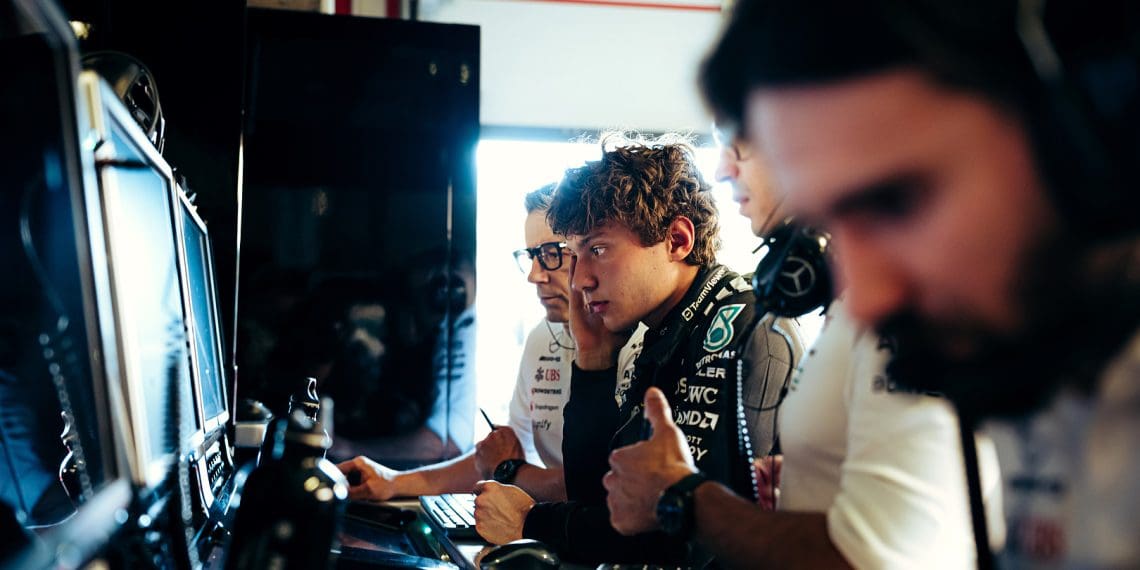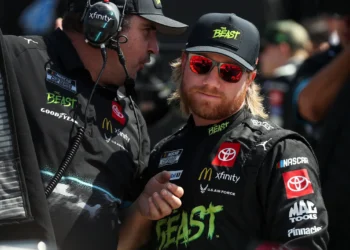The Formula 1 drama unfolded at the 2025 Emilia-Romagna Grand Prix, where two drivers faced car troubles, but the handling of their situations couldn’t be more different. Esteban Ocon’s Haas came to a halt on the grass, triggering a swift response from race control with the deployment of a virtual safety car. However, when Andrea Kimi Antonelli’s Mercedes suffered a mechanical failure and stopped on the track, the decision to bring out a regular safety car raised eyebrows and questions among fans and experts alike.
The distinction in responses stemmed from the logistics of the circuit, with Ocon’s car strategically positioned for a quick removal during the virtual safety car phase. In contrast, Antonelli’s unfortunate location near Turn 8 presented challenges for the marshals, leading to the utilization of a full safety car. This choice not only prolonged the process but also interrupted the rhythm of the race dominated by Max Verstappen.
The tactical intricacies behind the safety car selection process shed light on the behind-the-scenes dynamics of Formula 1 races, where split-second decisions can impact the outcome for drivers and teams. As the Grand Prix unfolded, the time lapses between the different safety car procedures highlighted the meticulous planning and execution required to ensure the safety and efficiency of race operations.
From the initial deployment to the eventual conclusion of the safety car intervention, approximately 14 minutes and eight laps transpired, showcasing the intricate ballet of Formula 1 regulations and logistics. As the race continued with Verstappen leading the pack, the episode involving Ocon and Antonelli’s car troubles added an extra layer of suspense and strategy to the thrilling Grand Prix spectacle.













